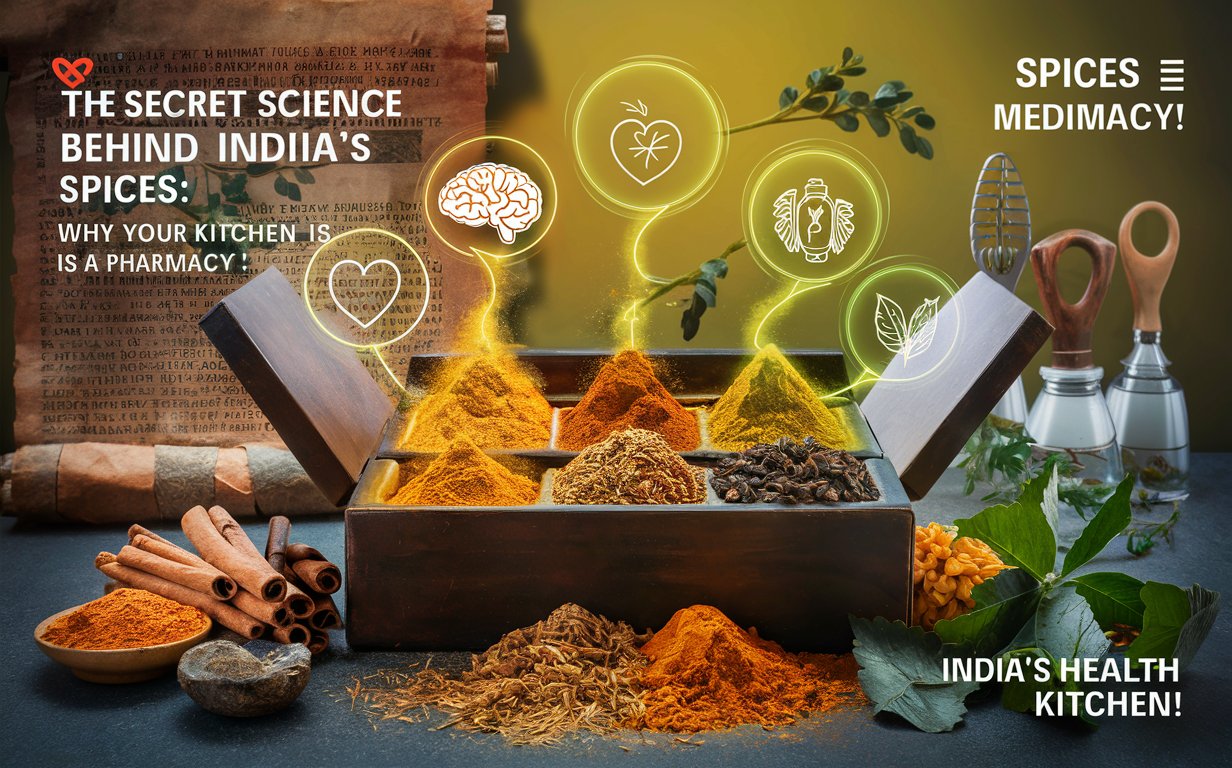Make Shev Bhaji At Home In Easy Way | Shev Bhaji Recipe
Shev bhaji, a popular and delectable Indian dish, is a must-try for anyone interested in authentic Indian flavors. This savory preparation combines the crunchiness of shev (crispy gram flour noodles) with a rich, spiced vegetable curry. It’s a versatile dish that can be enjoyed as a snack, a side dish, or even as a light main course. This comprehensive guide will explore the origins, preparation methods, variations, and cultural significance of shev bhaji, providing insights into why this dish remains a beloved staple in Indian cuisine.

What is Shev Bhaji?
Shev bhaji is a unique Indian dish that pairs shev, which are crispy, thin noodles made from gram flour, with a flavorful vegetable curry. The curry component typically includes a blend of spices, onions, tomatoes, and various vegetables, creating a rich and aromatic sauce that complements the shev perfectly. The combination results in a dish that offers a delightful contrast between the crispy texture of the shev and the savory, spicy curry.
Key Ingredients in Shev Bhaji
To prepare shev bhaji, you will need the following ingredients:
- Shev: Crisp gram flour noodles, which are the primary ingredient.
- Onions: Finely chopped, for a base of flavor.
- Tomatoes: Chopped, to create a rich, tangy curry sauce.
- Vegetables: Commonly used vegetables include potatoes, peas, and carrots.
- Spices: Includes turmeric, cumin, coriander powder, and garam masala for depth of flavor.
- Ginger and Garlic: For added aromatic qualities.
- Coriander Leaves: Chopped, for garnish and freshness.
- Oil: For cooking the vegetables and spices.
The Origins and Evolution of Shev Bhaji
Historical Background
Shev bhaji has its roots in Indian culinary traditions, particularly from the state of Maharashtra. It reflects the region's love for spicy, flavorful dishes and showcases the versatility of shev, which is a common ingredient in Indian snacks and meals. Traditionally, shev bhaji was a way to make use of available vegetables and spices, creating a hearty and satisfying dish.
Evolution of Shev Bhaji
Over time, shev bhaji has evolved from a regional specialty to a popular dish enjoyed across India. The basic recipe has remained largely the same, but regional variations and modern twists have introduced new ingredients and cooking techniques. This evolution highlights the dish’s adaptability and enduring appeal in Indian cuisine.
How to Make Shev Bhaji at Home
Ingredients Preparation
To make shev bhaji, gather the following ingredients:
- Shev: 1 cup
- Onions: 2 medium, finely chopped
- Tomatoes: 2 medium, chopped
- Potatoes: 2 medium, peeled and diced
- Green Peas: 1/2 cup
- Carrots: 1/2 cup, diced
- Ginger-Garlic Paste: 1 tablespoon
- Turmeric Powder: 1/2 teaspoon
- Cumin Powder: 1 teaspoon
- Coriander Powder: 1 teaspoon
- Garam Masala: 1/2 teaspoon
- Chili Powder: 1/2 teaspoon (optional, for extra heat)
- Oil: 2 tablespoons
- Salt: To taste
- Coriander Leaves: A handful, chopped
Preparation Steps
- Cooking the Base: Heat oil in a pan over medium heat. Add finely chopped onions and sauté until they turn golden brown. Add the ginger-garlic paste and cook for another minute until the raw smell disappears.
- Adding Tomatoes and Spices: Incorporate the chopped tomatoes into the pan and cook until they become soft and start to break down. Add turmeric powder, cumin powder, coriander powder, and chili powder. Stir well to combine the spices with the tomato mixture.
- Cooking the Vegetables: Add the diced potatoes, carrots, and green peas to the pan. Mix well and cook for about 5-7 minutes, allowing the vegetables to soften and absorb the flavors.
- Simmering: Add a cup of water to the pan, cover, and let it simmer for 10-15 minutes until the vegetables are cooked through and the curry has thickened. Adjust salt to taste.
- Finishing Touches: Sprinkle garam masala and mix well. Garnish with chopped coriander leaves.
Adding Shev
Just before serving, add the shev to the curry mixture. Stir gently to ensure that the shev is evenly coated with the curry. Let it sit for a few minutes to allow the shev to absorb some of the curry flavors while maintaining its crunch.
Serving Suggestions
Serve shev bhaji hot, garnished with extra coriander leaves if desired. It pairs well with a side of yogurt or pickle and can be enjoyed as a snack or a light meal.
Variations of Shev Bhaji
Regional Variations
Different regions have their unique takes on shev bhaji:
- Maharashtrian Style: The traditional version with a focus on basic spices and vegetables.
- Gujarati Style: May include sweet elements or a different blend of spices to cater to regional taste preferences.
Creative Twists
Try these creative variations to give shev bhaji a unique twist:
- Cheese Shev Bhaji: Incorporate grated cheese into the curry for a creamy texture.
- Mixed Vegetable Shev Bhaji: Add a variety of vegetables like bell peppers, corn, or mushrooms for added flavor and nutrition.
- Spicy Shev Bhaji: Increase the amount of chili powder or add chopped green chilies for a spicier version.
The Cultural Significance of Shev Bhaji
Street Food Culture
Shev bhaji is an integral part of Indian street food culture, particularly in Maharashtra. It reflects the vibrant and diverse nature of Indian street food, offering a mix of textures and flavors that cater to a wide range of tastes.
Shev Bhaji in Popular Culture
Shev bhaji has gained popularity beyond regional boundaries, often featured in food blogs, cooking shows, and social media platforms. Its representation in popular culture highlights its appeal and versatility as a dish that transcends geographical and cultural limits.
Conclusion
Shev bhaji is a delightful and versatile dish that showcases the richness of Indian cuisine. Its combination of crispy shev and flavorful vegetable curry makes it a favorite among many. Whether enjoyed in its traditional form or with creative twists, shev bhaji continues to be a cherished part of Indian culinary traditions. By following this guide, you can easily prepare this delicious dish at home and savor the authentic flavors of Indian street food.



Post Comment